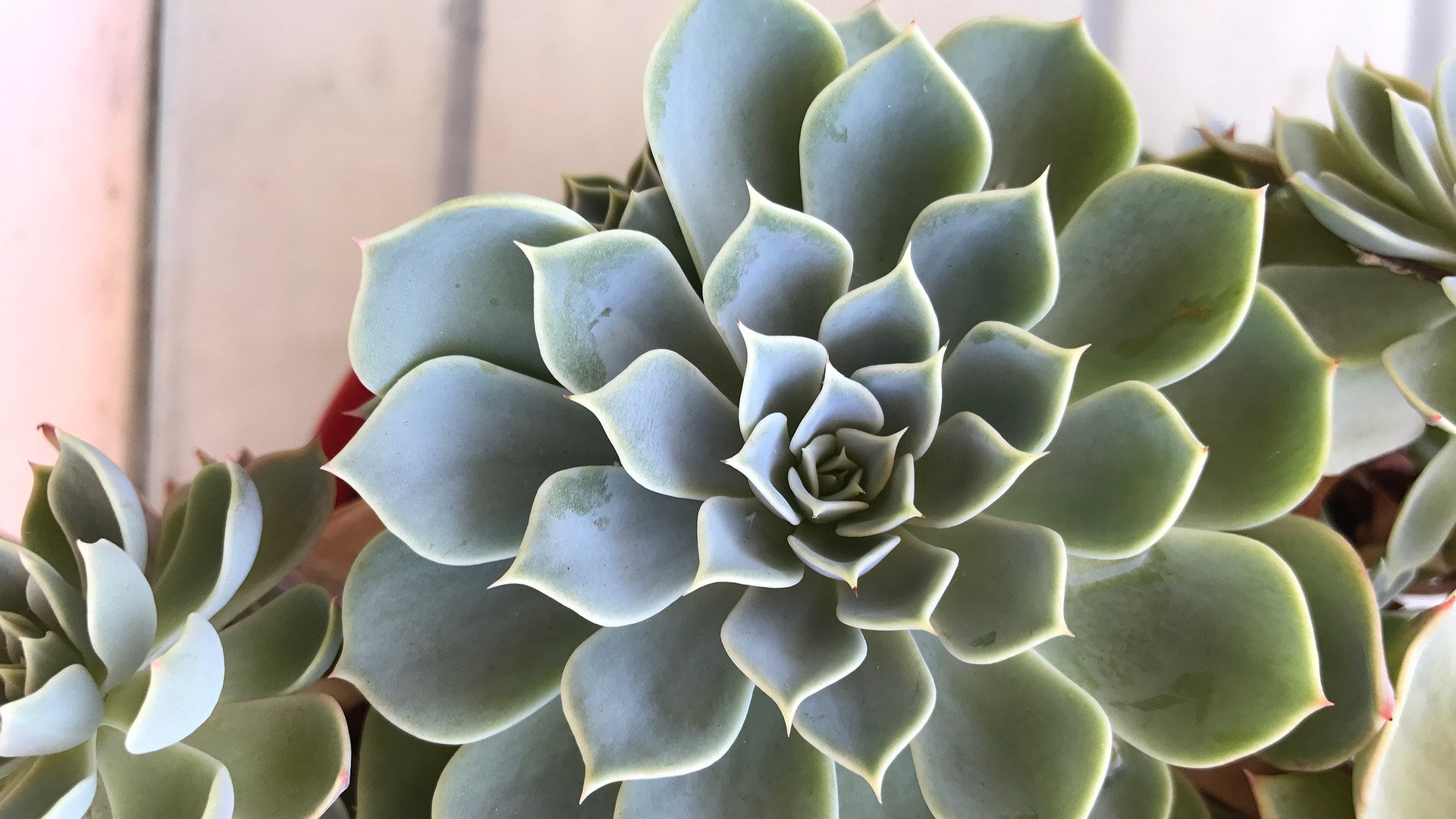Succulents are often described as “low-maintenance,” but when it comes to watering, they can be surprisingly particular. These resilient plants are built to handle drought, but that doesn’t mean they thrive on neglect—or constant watering. Finding the right balance means paying attention to the seasons, your environment, and whether your plants live indoors or outside.
Here’s a closer look at how and how much to water succulents, with practical tips for adjusting to temperature, season, and location.
The Golden Rule: Water Deeply, Then Wait
Succulents store water in their leaves and stems, so they can go longer than typical houseplants between drinks. Instead of frequent, shallow watering, give your succulents a good soak—enough to moisten all the roots—and then let the soil dry out completely before watering again.
In containers with good drainage, this means watering until water flows from the bottom. If your pot doesn’t have a drainage hole, be especially cautious. It’s better to underwater than to risk rot.
Indoor vs. Outdoor Watering
Succulents growing outdoors in sun and fresh air will dry out faster and may need watering more often during hot weather. In summer, outdoor succulents might need water every 5 to 10 days, depending on the heat and humidity.
Indoors, where airflow is lower and temperatures are more stable, succulents may need watering only every 2 to 3 weeks. The soil stays moist longer, especially in cooler rooms or during rainy weather. Always check with your finger: if the soil feels completely dry a few inches down, it’s time to water.
Watering Through the Seasons
Succulents don’t need the same care year-round. Their growth cycle plays a big role in how much water they need:
Temperature and Climate Effects
Temperature plays a big role in watering frequency. In hot, dry weather—especially above 85°F—soil dries quickly and succulents may need water more often. In cool, damp, or humid weather, you may go weeks without watering.
Keep in mind:
What to Watch For
Your succulent’s appearance will often tell you what it needs:
Final Thoughts
Watering succulents isn’t about following a strict schedule—it’s about watching your plant and responding to its environment. A succulent growing outdoors in summer heat will need a different approach than one tucked into a sunny kitchen window in winter.
With just a little attention to light, temperature, and timing, you’ll be able to keep your succulents thriving—not just surviving. And once you find the right rhythm, they’ll reward you with firm, plump leaves and steady growth through the seasons.
